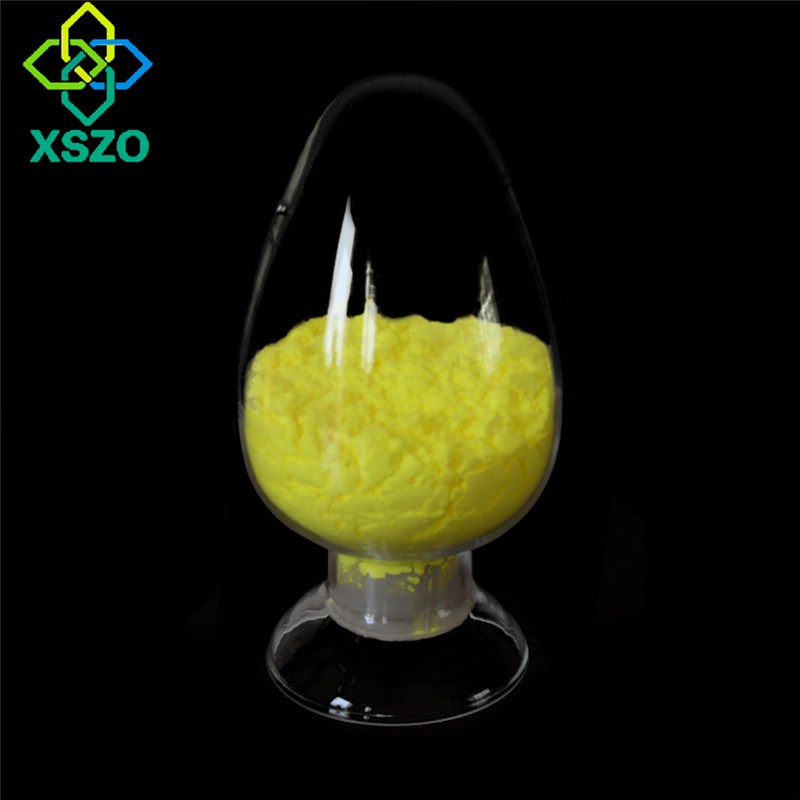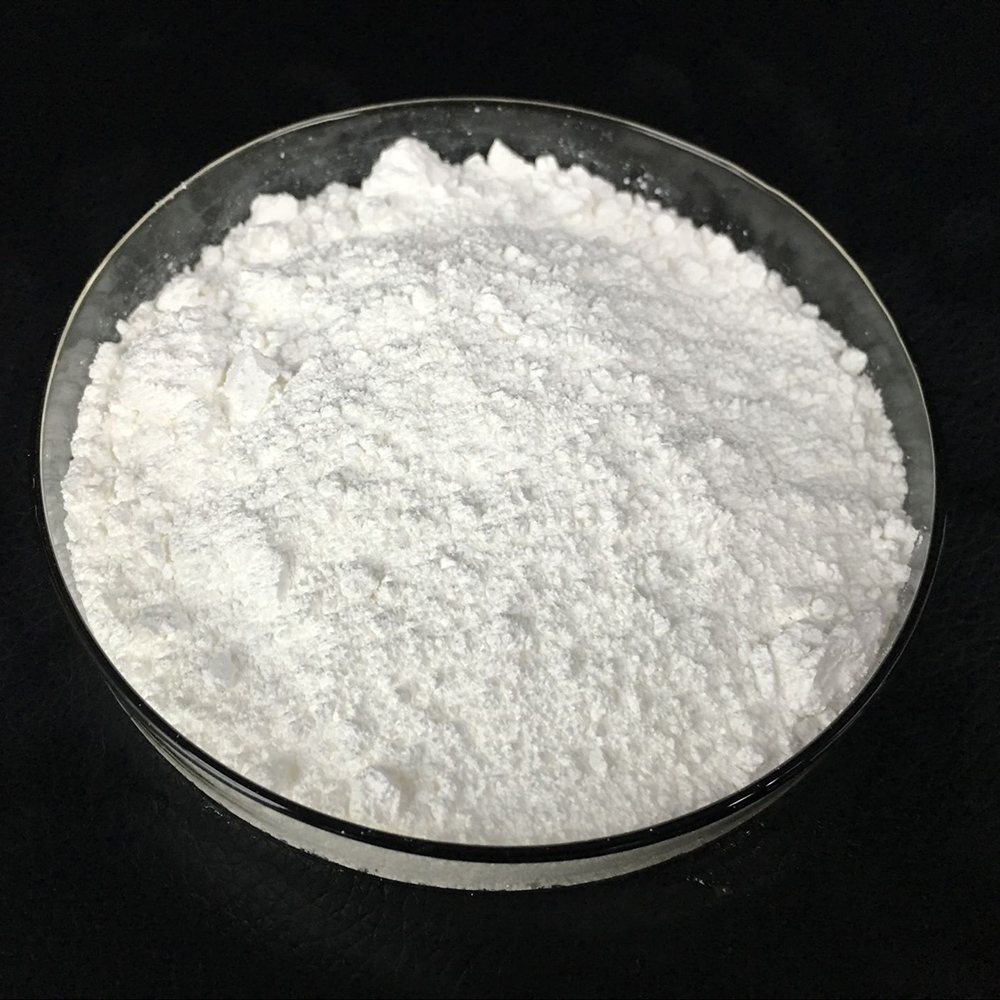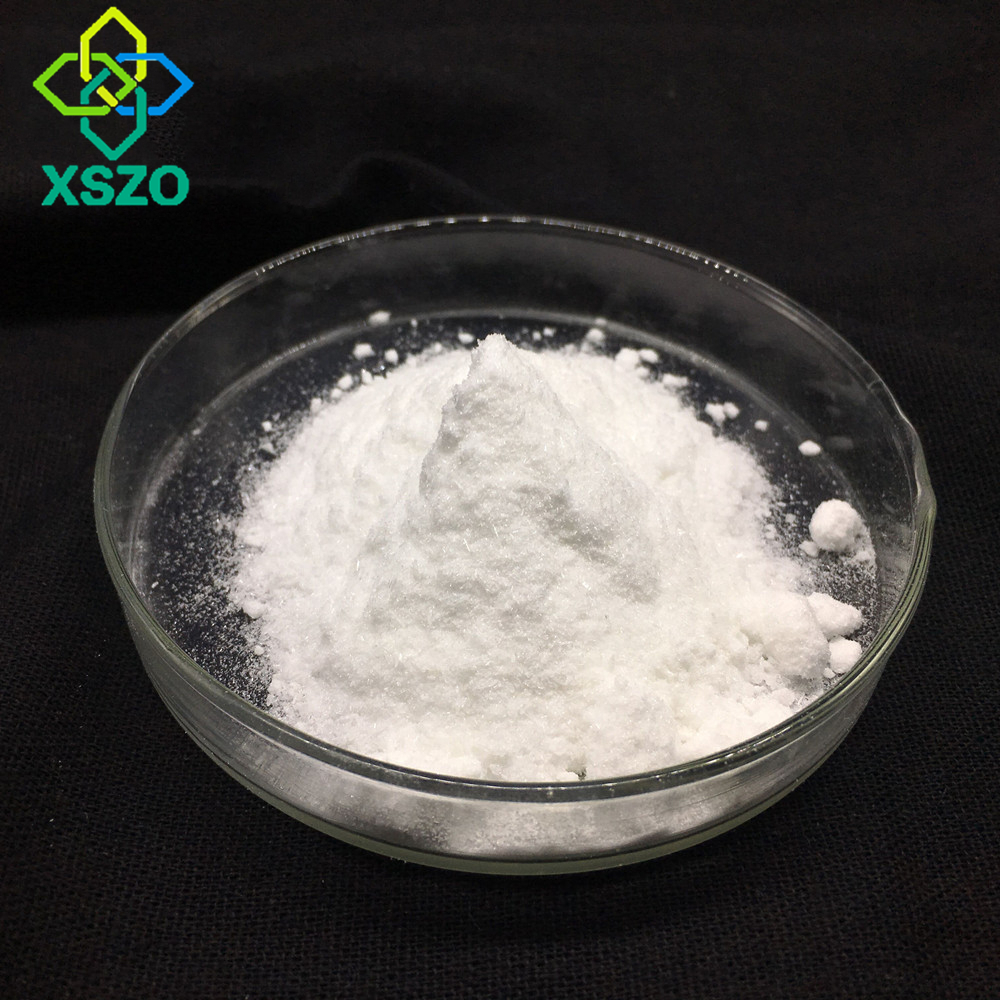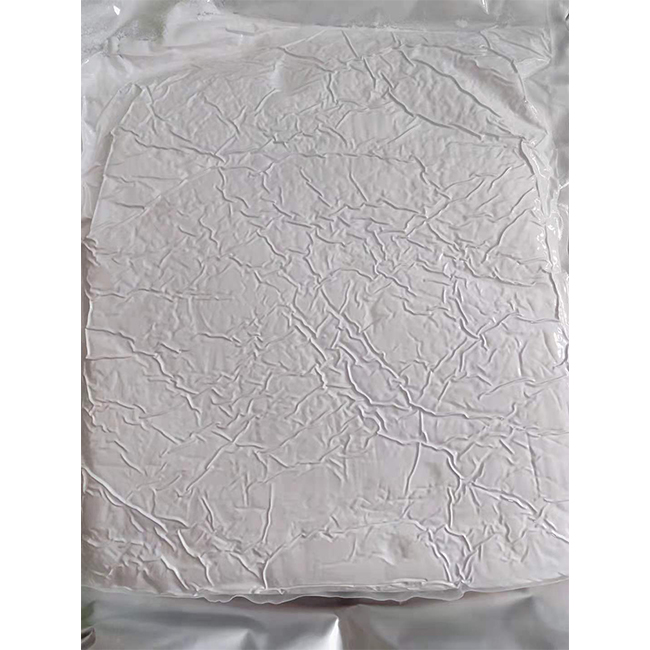NMN anti-kidney aging potential
2022/01/11
The world's elderly population continues to grow at an unprecedented rate. Therefore, it is necessary to better understand the aging process to alleviate age-related diseases and disorders. But not all organs age at the same rate, so it is important for scientists to determine the ageing process of each organ.
Recently, Deng and his colleagues at Tsinghua University published a study in the journal Aging. They examined the changes in mouse kidney cells during the aging process. They tested the effect of injecting nicotinamide mononucleotide (NMN) molecules into elderly kidneys and found that NMN helps restore protein balance-protease inhibition. This increases the understanding of how the kidney aging process works and will aid the development of treatment options.
The elderly are more likely to get kidney disease
Age-related kidney changes include changes in the glomerulus, which is a key cell unit for filtering blood waste. Age-related decline in glomerular function means a progressive decline in the rate of waste filtration, and ultimately loss of kidney function. This impairs the function of the kidney after injury, making elderly people with kidney damage and disease more vulnerable.
NMN restores kidney function during aging. They chose to study NMN because recent studies have shown that supplementation with NMN may improve age-related organ dysfunction. NMN is the precursor of the important molecule nicotinamide adenine dinucleotide (NAD+), which plays a role in cell energy production and maintaining DNA integrity. NAD+ levels in animals and humans decrease with age. This phenomenon is related to age-related decline in organ function, including kidney dysfunction. Many studies have shown that supplementing with NMN can increase NAD+ levels in the blood and various tissues of elderly rodents. Scientists are testing whether NMN has the same effect in humans.
Biomarkers can reveal the age of the kidney
Deng and his colleagues looked for biomarkers of kidney aging, that is, the protein levels that indicate kidney age. To this end, the researchers compared the protein levels in the kidneys of 8-week-old pups and 96-week-old rats, and they produced 7,208 proteins. For further analysis, they compared these results with two data sets from other research groups, taking into account the proteins present in blood, urine, and kidney tissue. This analysis left only 27 biomarkers for the researchers.
(Yi et al., 2020 | Aging (Alban NY)) The levels of 27 kidney proteins (biomarkers) change with age. The left three columns and the right three columns respectively show the protein levels of the kidneys of old and young mice from the three data sets used in the study. Each row represents one of 27 protein biomarkers, which are listed on the right. The red bar represents the increase in protein levels relative to other age groups, and the blue bar represents the decrease in protein levels relative to other age groups.
Injection of NMN can restore protein levels at a young age
Then, the scientists injected NMN into the old mice every two days for four weeks to restore the protein to its young level. Among the 27 biomarkers, NMN supplementation reduced 16 of the 19 proteins that increased with age, and increased 6 of the 8 proteins that decreased with age. This indicates that NMN restores kidney protein to the level of youth.
Supplementing NMN also increases the number of cellular components called peroxisomes in the cells, which can break down waste products in the cells. The research team found that the number of peroxisomes decreased significantly with age. Supplementing NMN effectively increased the number of peroxisomes and also reduced cellular markers of kidney damage. In short, this suggests that NMN may have a protective effect on kidney damage.
(Yi et al., 2020 | Aging (Alban NY)) NMN supplementation increases peroxisome levels in aging kidney tissue cells, which may improve the response to injury and/or disease. The researchers used a special microscope to magnify kidney cells and count peroxisomes (black spots), as shown in Figure f. These images show that young mice have more peroxisomes than old mice, but NMN restored the number of peroxisomes in the cells of the old kidney tissue. Figure G quantifies this information. The figure shows how the number of peroxisomes in kidney tissue cells decreases with age, and how NMN restores the number of peroxisomes in aging kidney tissue of.
"We found a group of proteins that are differentially expressed in the kidneys of young and old mice, and therefore may serve as biomarkers of kidney aging," Deng and his colleagues said in their publication. "In addition, our results show that aging leads to a decrease in peroxisomes, and NMN can restore peroxisome homeostasis, which suggests that supplementation of NMN may be beneficial to kidney health." They said that their data is for understanding th Age-related changes provide a valuable resour.








